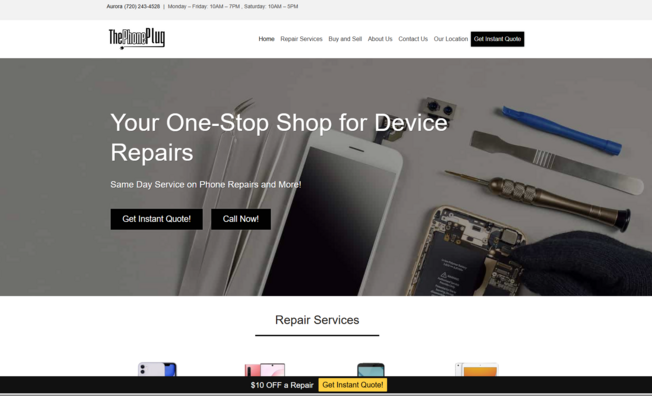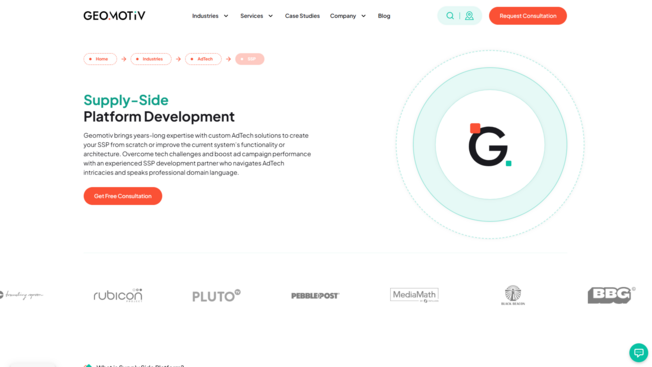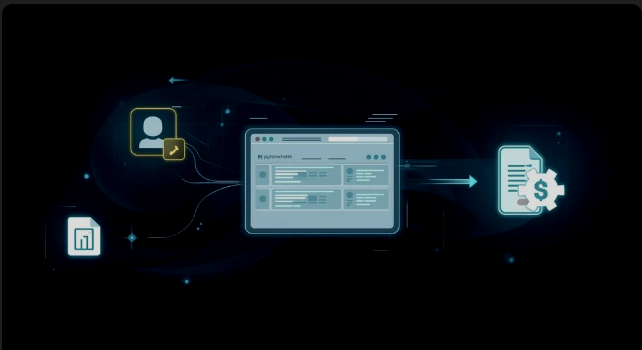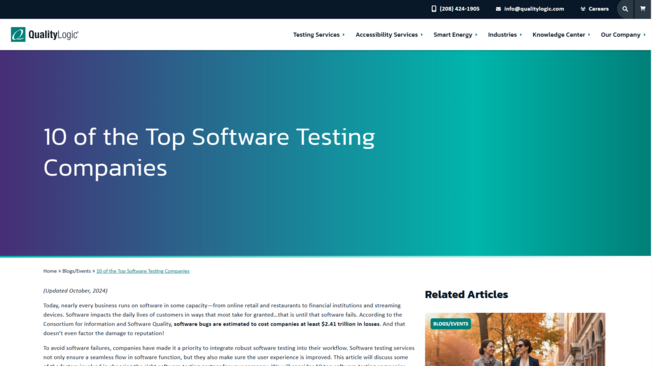
How do you find your direction to a satisfying and rewarding career, when from where you’re standing, you really don’t know where you’re trying to get to?
Perhaps you’ve been trying to figure it out, getting nowhere fast, and in the process, feeling even more lost and confused.
It sounds too good to be true, however, it is possible to navigate to work you love, even if you don’t specifically know what that looks like.
You might think that in order to get there, you need to know exactly what you want.
But this can be a trap, and it’s an assumption that most people make.
Taking this as granted, their first logical step is to figure out the destination to which they are trying to get to. Their thinking is, “If only I knew what I wanted, I’d take the steps towards that”.
In the process, though, they drive themselves nuts, not moving very far from the point at which they started. They have moments of inspiration and good ideas which then lead to, well, quite frankly, not a lot, except expertise in procrastination!
How not to transition careers
When transitioning careers, most people spend an awful amount of time and energy scratching their heads, wracking their brains trying to figure out what they should be doing with their lives, instead of what they are currently doing!
They keep going around in this loop.
And although this seems like the obvious thing to do, it simply doesn’t work. I’ve tried it out and experienced it for myself!
Why it doesn’t work!
It’s a little bit like trying to choose a holiday destination without having been to any of the places, or knowing much about them. Furthermore, the situation is compounded, by not knowing what you, as the holidaymaker, truly enjoy and need and would make you happy.
With this mind, you can imagine that you’d like a destination, but you really don’t know. It’s just mainly fantasy. You really are shooting in the dark!
Some people actually plan their holiday like this, based on their projected idea of the place. They even meticulously schedule all the things they are going to do, all the sights they will see, where they will eat etc., when they get there.
This inflexible way of planning and scheduling leaves little or no room for manoeuvre, learning along the way, the unexpected serendipitous experiences and adventures for that matter.
It’s an approach which also provokes a lot of anxiety since we’re not getting any feedback along the way about whether we’ll be happy at the destination, as we travel there.
With our careers and livelihood, it’s obvious that we don’t easily go on this adventure because we feel that there is a lot at stake. It feels like it’s a question of life and death.
This is because without a deeper understanding of ourselves or where we imagine we want to be, the leap is just too great to make.
Distinction: Direction vs Destination
I’d like to make a distinction between “Destination” and “Direction” which can be useful in helping us to navigate our career paths and especially transitioning to a new career.
Destination is a fixed idea about where you’re going, that you’ve come up with from your past experience, analysis, and imagination. Destination is the end-point.
Direction is a heading that you want to explore based on self-knowledge and intuitions on what would be satisfying. Direction is the path.
For example, in terms of career, a direction might be that you want to spend your time exploring, creating, inventing and innovating, or contributing to improving people’s mental health. Jobs such as Chef, Graphic Designer, Psychotherapist, and Accountant are more like destinations. Following the direction of creating, you will more likely end up at the destination of Chef or Graphic Designer, and it will less likely take you towards being an Accountant.
As in a design thinking process, navigating with a direction in mind can get you going even when the problem is ill-defined. It gives you a way of progressing that is open to change, even when you don’t fully know where you’ll end up.
Stop the Analysis Paralysis
I have a different approach to find your career path / direction and transition career, especially for people who are stuck in figuring it out, what is commonly known as, analysis paralysis, or as I prefer to call it, death by analysis.
I’d like to use a sailing analogy to describe the process. It involves three main concepts, the first one of which we’ve already mentioned:
- Direction is our heading, the bearing towards which we want to move.
- Navigation is our compass, the instrument that helps to keep on course on our heading.
- Inertia is how easily our boat will move forward, with the sailing metaphor, whether we have our anchor down, or if our sails are up and trimmed.
I’ll explain each of these one by one, in further detail, applied to the process to find your career direction.
Find your career Direction
This is the “Direction” in which we are heading in our work / career, and what matters to us.
There are many questions we need to answer in order to determine our “Direction”. It involves discovering what’s important to us about our work, and painting a picture of what that looks like.
Some initial questions to find your career direction would be:
What do we hope our work will give us?
What are our priorities?
What is meaningful work?
What do we enjoy?
How would we like to be rewarded?
What do we naturally do well and want to develop in ourselves?
What kind of work environment do we need to thrive?
What is our view of work, and what’s its relationship to the rest of our life?
Having this picture, we can consistently move forward even when we don’t fully know our destination, because we have a sense of direction.
Learn to Navigate to your ideal Career
Imagine having a compass and a heading. Even if you were to drift off course from your bearing, you’d know exactly how to get back on track again.
The “Direction” we mentioned earlier is this heading.
“Navigation” is learning to move forward using your “Direction” and a compass.
The compass is the instrument which tells you whether you are on course towards your heading or not. It is the capacity to tune into what you truly need and want, your inner knowing, which is beyond all the mental noise.
It is based more on sensing rather than analytical thinking, which can be rigid, fixed and sometimes be out of touch with both our own reality and that of the world in which we live. Instead, it is flexible, resilient, open to real-life fluctuations, and based on our own experiential knowing as we move forward.
You can develop this faculty to navigate. When you do this, you’ll never be lost in your career again!
Overcome Inertia to moving forward
Quite simply, this is what is keeping you rooted to the spot.
Unless you look at this, it’s difficult to get anywhere fast. A lot of people neglect this. It’s like trying to sail forward by switching on the motor, or putting up the sails, but forgetting to pull up the anchor.
If you have a thinking pattern that is creating your current reality, unless you resolve it, you’ll likely take your difficulties into whatever you do next.
Often, what I see when working with clients is that they need to work through the things that are contributing to their current unhappy experience of work. Clearing up the way, they stop draining their own energy, which allows them to tap into the motivation and energy to move forward.
Moving forward when you’re stuck
With the inertia reduced, what I see is people start moving forward.
They are able to engage in experiments to see whether the “Direction” they’ve come up with truly fits them, and fine tune staying on the heading they have chosen.
With this way of orienting in your career, it’s not about an all or nothing plan to transition. You can take assured steps forward, get real experiential feedback, and adjust your course accordingly. There is also less risk and anxiety.
Career Wayfinding
Transitioning careers is not necessarily plain sailing, for sure. But you can sail towards career happiness, even without knowing your exact destination, when you approach it differently.
Rather than getting trapped in overthinking and analysis, when you construct a compass direction based on self-knowledge, and drop anything holding you back, you can begin to take meaningful steps that allow you to explore and adjust along the way. This approach empowers you to navigate your career with flexibility and resilience.
By embracing the process of career wayfinding, you reduce the pressure to figure everything out at once, and instead, create a path that evolves naturally toward work that truly satisfies you.
Try a different approach!
If you feel like what you’ve been doing to get to the kind of career you really want hasn’t been working, then get in touch and let me help you try a different way!
Book a Consultation Call to get unstuck!
Image by Hendrik Morkel on Unsplash

















Leave a Reply